Home>Garden Essentials>Garden Storage>How To Lock Wardrobe Doors
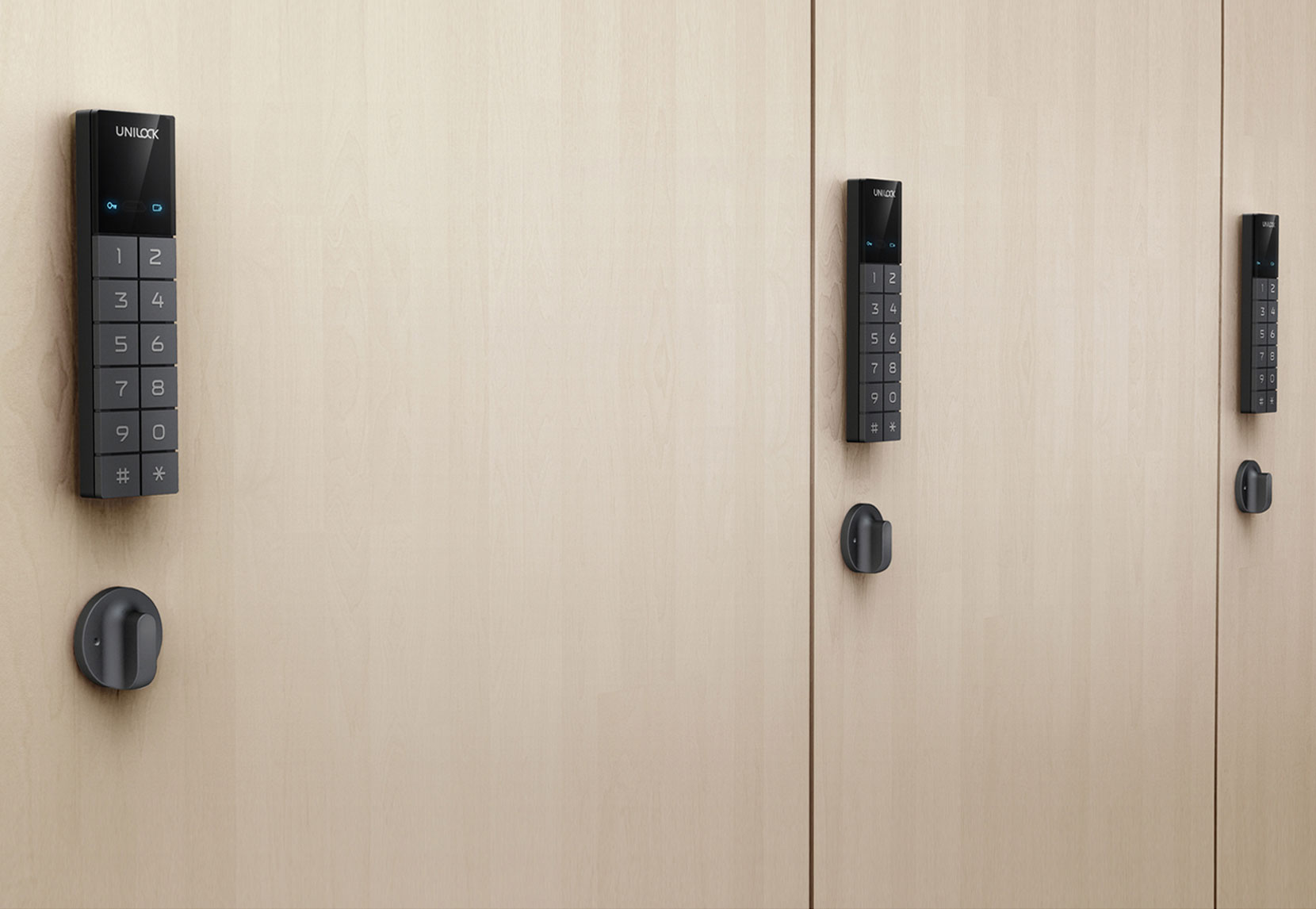

Garden Storage
How To Lock Wardrobe Doors
Modified: August 17, 2024
Discover how to lock your wardrobe doors for extra storage and security with our easy-to-follow guide. Keep your belongings safe and organized with these simple tips and tricks.
(Many of the links in this article redirect to a specific reviewed product. Your purchase of these products through affiliate links helps to generate commission for Storables.com, at no extra cost. Learn more)
Introduction
When it comes to securing our personal belongings, a wardrobe plays a crucial role in keeping our clothes and valuables safe. However, traditional wardrobe doors might not always provide the level of security we desire. That’s where locking wardrobe doors come into play.
Locking wardrobe doors offer an additional layer of protection, ensuring that your belongings are safeguarded from unauthorized access. Whether you have valuable jewelry, important documents, or simply want to maintain your privacy, locking wardrobe doors are an excellent solution.
In this article, we will explore different types of wardrobe doors, discuss how to choose the right locking mechanism, list the tools and materials you’ll need, and provide a step-by-step guide on how to lock your wardrobe doors effectively. Additionally, we’ll explore alternative options for wardrobe door security. So, let’s dive in and learn how to secure your wardrobe doors!
Key Takeaways:
- Secure your wardrobe with locking doors to protect your valuables and maintain privacy. Choose the right locking mechanism and follow a step-by-step guide for effective installation.
- Explore alternative security options such as biometric locks, alarm systems, and reinforced doors to customize your wardrobe security and enhance protection.
Read more: How To Lock A Digital Door Lock
Types of Wardrobe Doors
Before we delve into the specifics of locking wardrobe doors, let’s first explore the different types of wardrobe doors available. Understanding the various options will help you make an informed decision when choosing the right type for your needs.
- Hinged Doors: These are the most common types of wardrobe doors. They are attached to the wardrobe frame with hinges, allowing them to swing open and close. Hinged doors can be single or double, depending on the size of your wardrobe.
- Sliding Doors: Sliding wardrobe doors are a popular choice for those looking to save space. These doors slide horizontally along a track, allowing you to access your wardrobe without the need for extra space for the doors to swing open.
- Bi-fold Doors: Bi-fold doors consist of two panels that fold in the middle when opened. They are a great option for wardrobes with limited space, as they don’t require much clearance.
- Mirrored Doors: Mirrored wardrobe doors serve a dual purpose by providing both functionality and style. These doors often feature a mirrored surface that not only allows you to check your appearance but also makes your space appear more open and bright.
- Shutter Doors: Shutter wardrobe doors feature slats or louvers that can be adjusted to control the amount of light and airflow into the wardrobe. They add a touch of elegance and can complement a variety of interior styles.
Each type of wardrobe door has its advantages and considerations. The choice ultimately depends on factors such as available space, personal preference, and the overall aesthetic you want to achieve. With the knowledge of different types of wardrobe doors, let’s move on to exploring the different locking mechanisms you can use to secure them.
Choosing the Right Locking Mechanism
When it comes to selecting a locking mechanism for your wardrobe doors, it’s essential to consider factors such as security level, ease of use, and compatibility with your chosen door type. Let’s explore some of the popular options:
- Keyed Locks: Keyed locks offer a high level of security. They require a physical key to unlock and are available in various styles, including cam locks, rim locks, and mortise locks. Keyed locks are ideal if you prioritize maximum protection for your belongings.
- Electronic Locks: Electronic locking systems are becoming increasingly popular due to their convenience and advanced features. These locks use a keypad or fingerprint scanner to grant access to the wardrobe. Some electronic locks can also be controlled remotely through a smartphone app, providing added flexibility.
- Combination Locks: Combination locks use a series of numbers or symbols that must be entered in the correct sequence to unlock the door. They offer a good balance between security and convenience, as you don’t need to carry around a physical key or remember a complicated password.
- Padlocks: Although padlocks are more commonly used for securing gates or lockers, they can also be used on wardrobe doors. They are available in different sizes and security levels. However, padlocks may not be the most aesthetically pleasing option for some wardrobe types.
- Magnetic Locks: Magnetic locks utilize powerful magnets to keep the doors secured. These locks are often used in combination with electronic access control systems and provide a sleek and minimalist look.
- Sliding Door Locks: If you have sliding wardrobe doors, special locks designed for this type of door are available. These locks typically attach to the top or bottom track and prevent the doors from sliding open.
It’s important to carefully consider your specific requirements and preferences before deciding on a locking mechanism for your wardrobe doors. Depending on your budget, level of security desired, and the type of door you have, you can choose the option that best fits your needs.
Tools and Materials Required
Once you have decided on the type of locking mechanism for your wardrobe doors, it’s important to gather the necessary tools and materials before starting the installation process. Here is a list of commonly used items:
- Screwdriver: A screwdriver is a must-have tool for most DIY projects. Make sure you have both a flathead and a Phillips head screwdriver to accommodate different types of screws.
- Drill: Depending on the locking mechanism you choose, you may need a drill to create holes for mounting the lock or latch.
- Measuring Tape: To ensure accurate installation, a measuring tape is essential for measuring distances and marking positions for drilling or attaching hardware.
- Pencil or Marker: These will be used to mark positions accurately on your wardrobe doors for drilling or attaching hardware.
- Locking Mechanism: This will depend on the type of lock you choose.
- Screws and Bolts: Ensure that you have the appropriate screws and bolts that are compatible with your locking mechanism and the material of your wardrobe doors.
- Additional Hardware: Depending on the type of lock and your specific requirements, you may need additional hardware such as strike plates, strike boxes, or mounting brackets.
- Optional: Template or Jig: Some locking mechanisms come with templates or jigs that help with accurate installation. These tools can save time and simplify the process, but they are not always necessary.
- Protective Gear: While not directly related to the installation process, it’s always a good idea to have protective gear such as gloves and safety goggles to ensure your safety while working with tools.
Having all the necessary tools and materials ready before starting the installation process will make the process smoother and more efficient. Now that you have everything you need, let’s move on to the step-by-step guide on how to effectively lock your wardrobe doors.
Install a simple slide bolt or latch on the inside of the wardrobe doors to secure them. This will prevent unauthorized access and keep your belongings safe.
Step-by-Step Guide to Locking Wardrobe Doors
Now that you have gathered all the necessary tools and materials, it’s time to follow a step-by-step guide to effectively lock your wardrobe doors. Here’s how to do it:
- Choose the Right Location: Determine the ideal location for your locking mechanism on the wardrobe door. Consider factors such as accessibility, visibility, and the type of door you have.
- Measure and Mark: Use a measuring tape to accurately measure the position for drilling or attaching the locking mechanism. Use a pencil or marker to mark the positions on the door.
- Prepare the Door: If necessary, use a drill to create holes or make any adjustments on the door to accommodate the locking mechanism. Follow the manufacturer’s instructions for specific requirements.
- Attach the Locking Mechanism: Use the provided screws or bolts to attach the locking mechanism to the door. Ensure it is securely fastened and aligned properly.
- Test the Lock: After attaching the locking mechanism, test it to ensure it is working correctly. Open and close the door multiple times to check for any issues or misalignment.
- Consider Additional Security Measures: Depending on your needs, you may want to consider additional security measures such as reinforcing the door or adding an alarm system for added protection.
- Repeat for Other Doors: If you have multiple wardrobe doors, repeat the above steps for each door, ensuring consistency in the placement and installation of the locking mechanisms.
- Keep Spare Keys or Codes: If you’re using a lock with keys or codes, make sure to keep spare keys or record the codes in a safe place. This will prevent any lockouts or access issues in the future.
Following these step-by-step instructions will help you successfully lock your wardrobe doors and provide an extra layer of security for your belongings. However, it’s important to note that the specific steps may vary depending on the type of locking mechanism you choose and the design of your wardrobe doors. Always refer to the manufacturer’s instructions for the most accurate and detailed guidance.
Read also: 15 Amazing Wardrobe Lock for 2025
Alternative Options for Wardrobe Door Security
While locking mechanisms provide a solid solution for securing wardrobe doors, there are alternative options you can consider to enhance the security of your belongings. Here are a few alternatives to traditional locks:
- Biometric Locks: Biometric locks use fingerprint recognition technology to grant access. They offer a high level of security and eliminate the need for keys or codes. Biometric locks are particularly useful if you want to restrict access to specific individuals.
- Alarm Systems: Installing an alarm system in your wardrobe can provide an additional layer of security. These systems will sound an alarm if someone attempts to open the doors forcefully or tamper with the lock.
- Hidden Locks: Consider using hidden locks that are not visible from the outside. These locks can be concealed within the frame or structure of the wardrobe, making them less conspicuous to potential thieves.
- Surveillance Cameras: Placing surveillance cameras in the vicinity of your wardrobe can help deter burglars and provide evidence in case of any unauthorized access. Make sure the cameras are strategically positioned to cover the entrance and vicinity of the wardrobe.
- Reinforced Doors and Frames: Strengthening the doors and frames of your wardrobe can increase their resistance to forced entry. Reinforcements can include adding metal plates, upgrading hinges, and using solid wood or metal doors.
- Security Film: Applying security film to the glass panels of mirrored or glass wardrobe doors can make them more resistant to break-ins. The film reinforces the glass, making it harder to shatter.
- Security Bar: Consider using a security bar that can be placed across sliding wardrobe doors. This bar prevents the doors from sliding open and provides an extra layer of protection.
- Smart Home Integration: Connect your wardrobe security measures to a smart home system. This allows you to monitor and control access remotely, receive notifications, and integrate with other security features in your home.
By exploring these alternative options, you can customize your wardrobe security to fit your specific needs and preferences. It’s essential to assess the level of security required and determine the most suitable methods for your situation.
Remember, combining multiple security measures can further enhance the protection of your wardrobe and belongings. Evaluate your needs, budget, and the level of security desired to make an informed decision on the alternative options that best suit your requirements.
Conclusion
Securing your wardrobe doors is essential for keeping your belongings safe and maintaining your privacy. Whether you have valuable items, important documents, or simply wish to ensure the security of your personal space, locking wardrobe doors offer peace of mind.
In this article, we explored the different types of wardrobe doors, including hinged, sliding, bi-fold, mirrored, and shutter doors. Each type has its own advantages and considerations, allowing you to choose the one that best suits your needs and space constraints.
We also discussed the importance of choosing the right locking mechanism for your wardrobe doors. Keyed locks, electronic locks, combination locks, padlocks, magnetic locks, and sliding door locks are among the popular options available.
Furthermore, we provided a step-by-step guide to effectively lock your wardrobe doors. By carefully following the instructions and using the required tools and materials, you can ensure a secure installation process.
Additionally, we explored alternative options for wardrobe door security, such as biometric locks, alarm systems, hidden locks, surveillance cameras, reinforced doors, security film, security bars, and smart home integration. These options allow you to customize your wardrobe security to fit your specific requirements and provide enhanced protection.
Remember, the choice of security measures ultimately depends on your budget, level of security desired, and the type of wardrobe doors you have. It is important to assess your needs and make an informed decision for effective and reliable wardrobe door security.
Now that you have a better understanding of how to lock wardrobe doors and the available options, it’s time to take action. Secure your wardrobe, protect your belongings, and enjoy the peace of mind that comes with knowing your personal space is safe and secure.
Securing wardrobe doors is just the beginning. If keeping valuables safe at home sparks your interest, you'll find our next guide indispensable. Delving into home security systems offers ways to safeguard entire residences, not just closet contents. Curious about upgrading safety measures around your living space? Our detailed article on the subject provides essential insights and practical advice.
Frequently Asked Questions about How To Lock Wardrobe Doors
Was this page helpful?
At Storables.com, we guarantee accurate and reliable information. Our content, validated by Expert Board Contributors, is crafted following stringent Editorial Policies. We're committed to providing you with well-researched, expert-backed insights for all your informational needs.

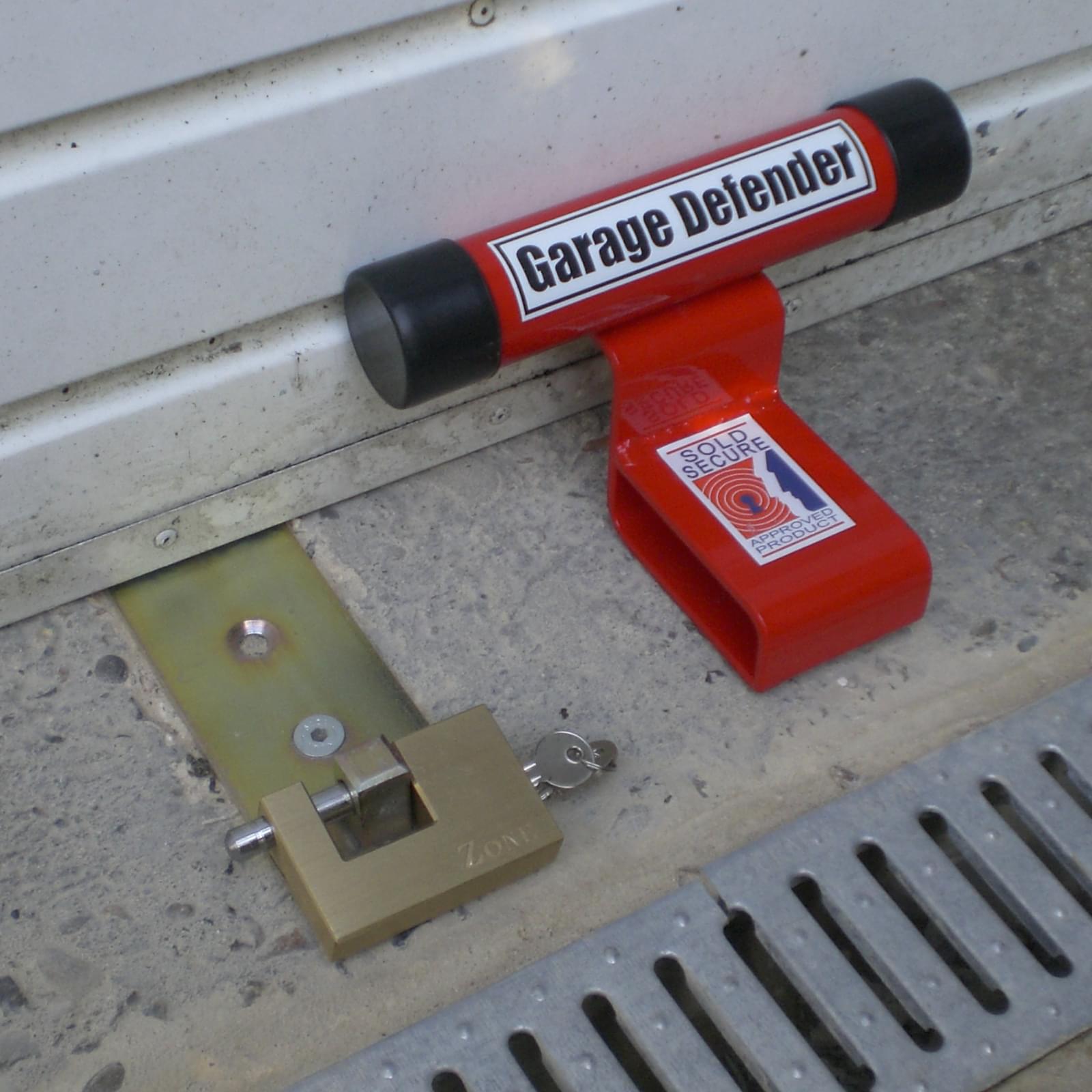
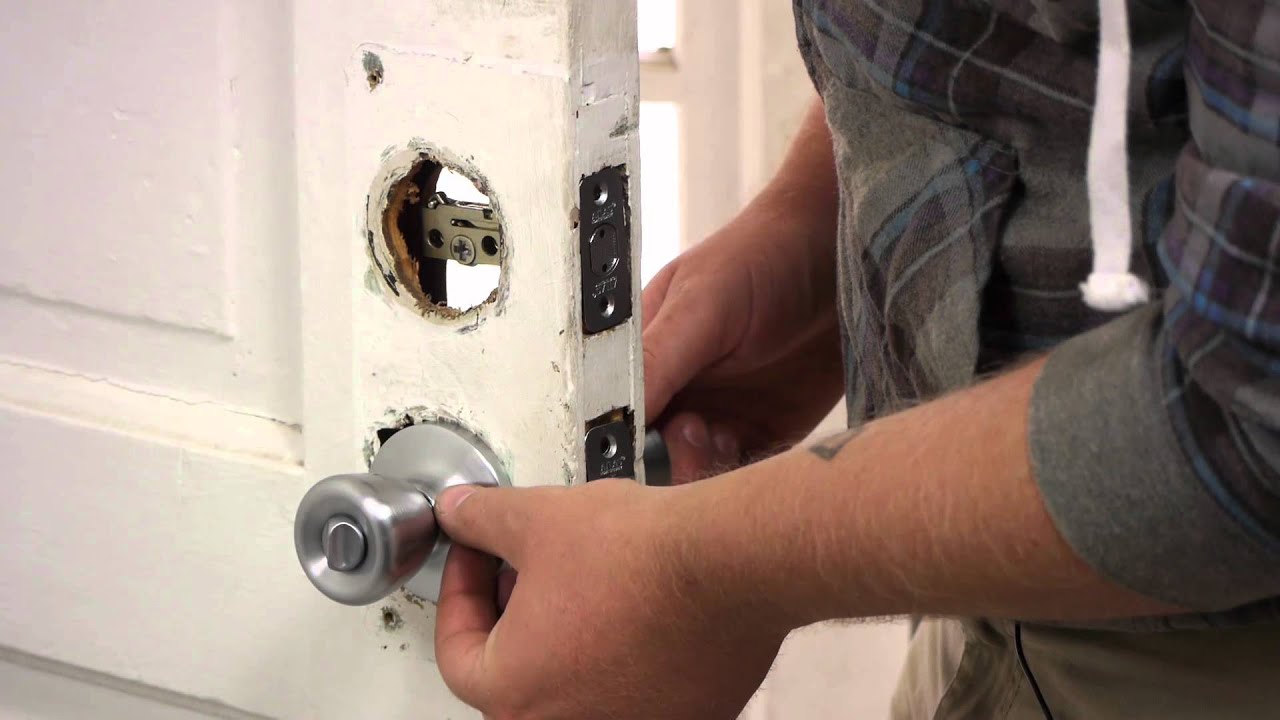
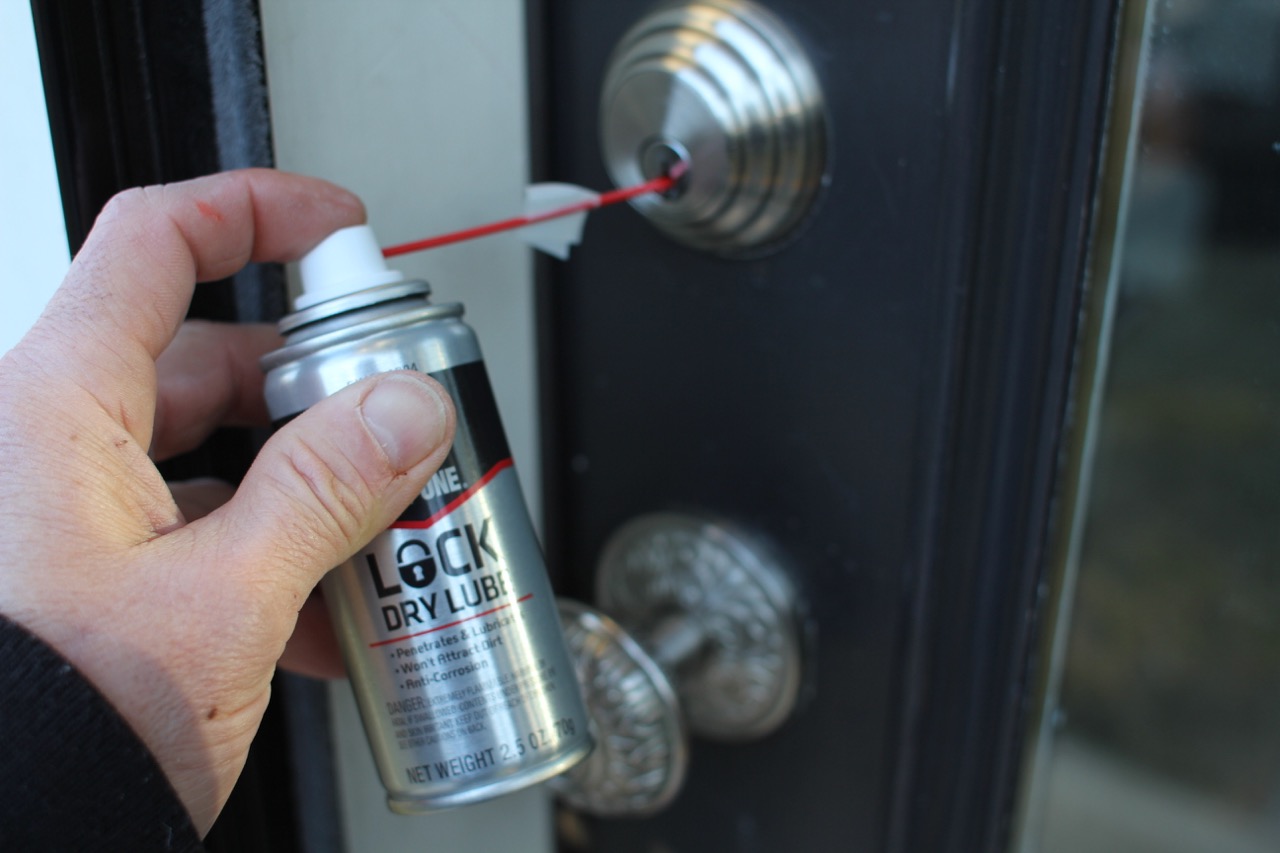
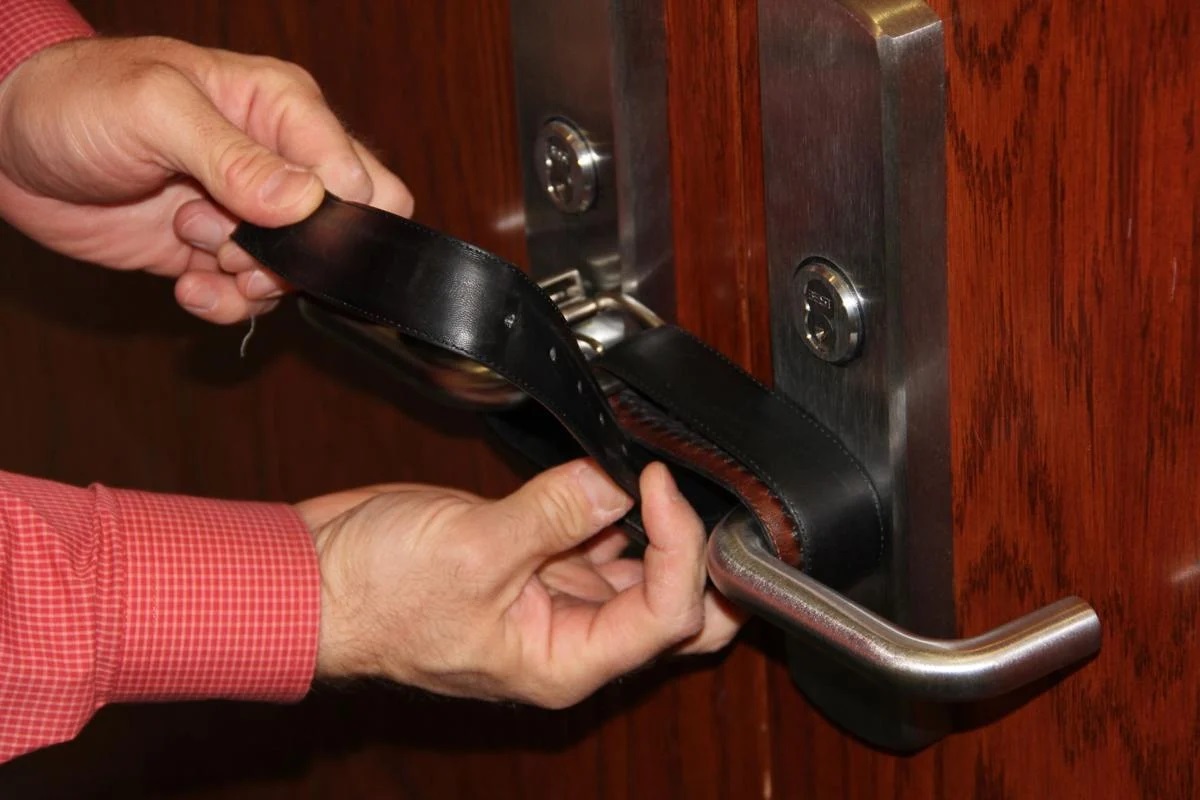
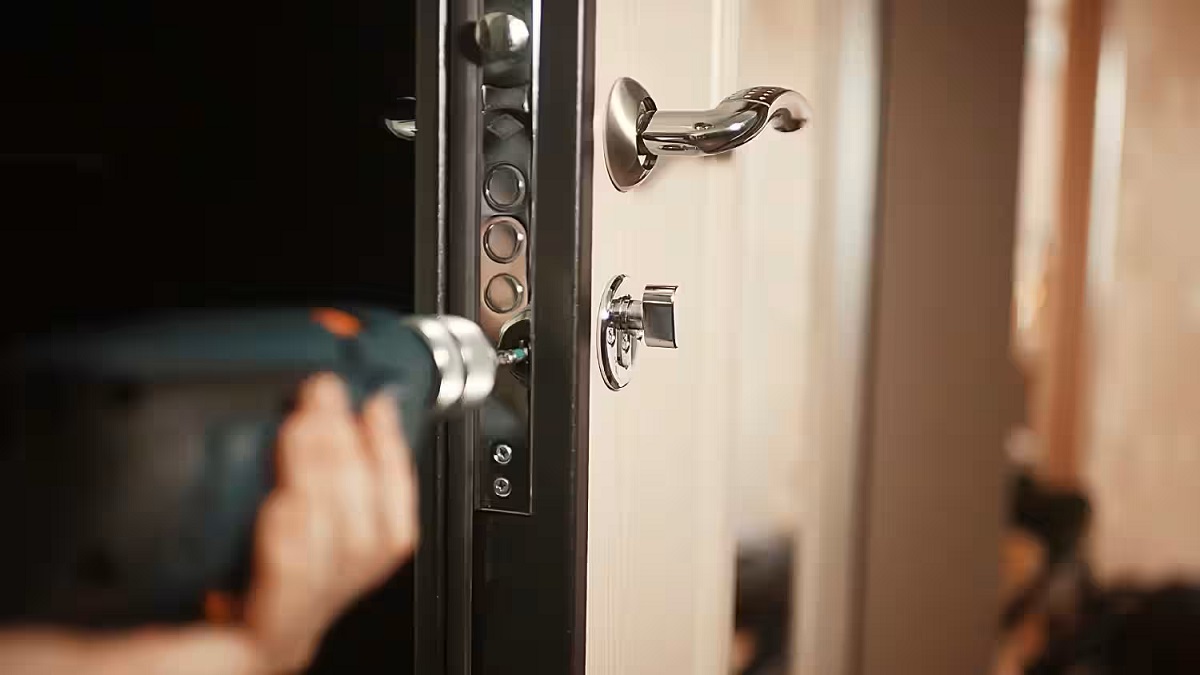
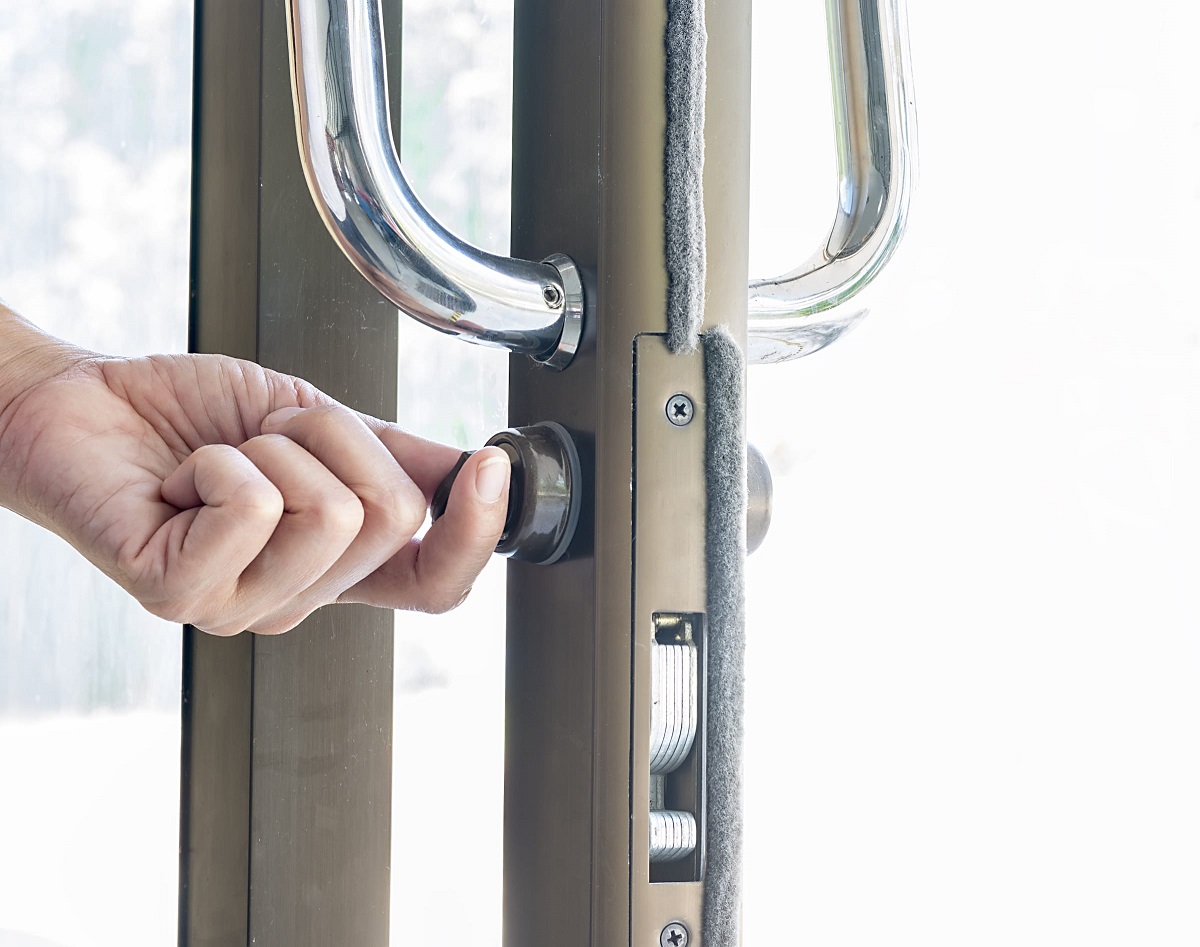
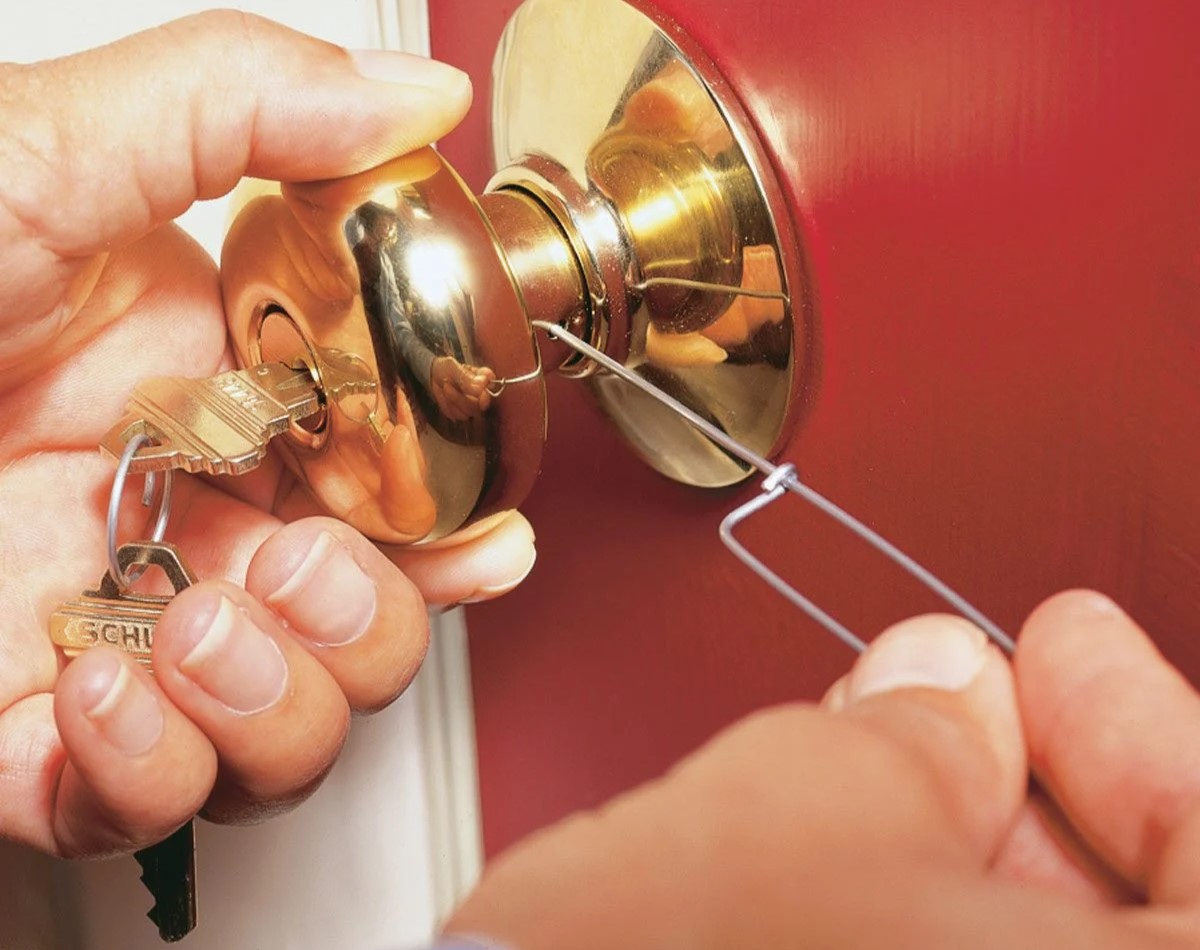
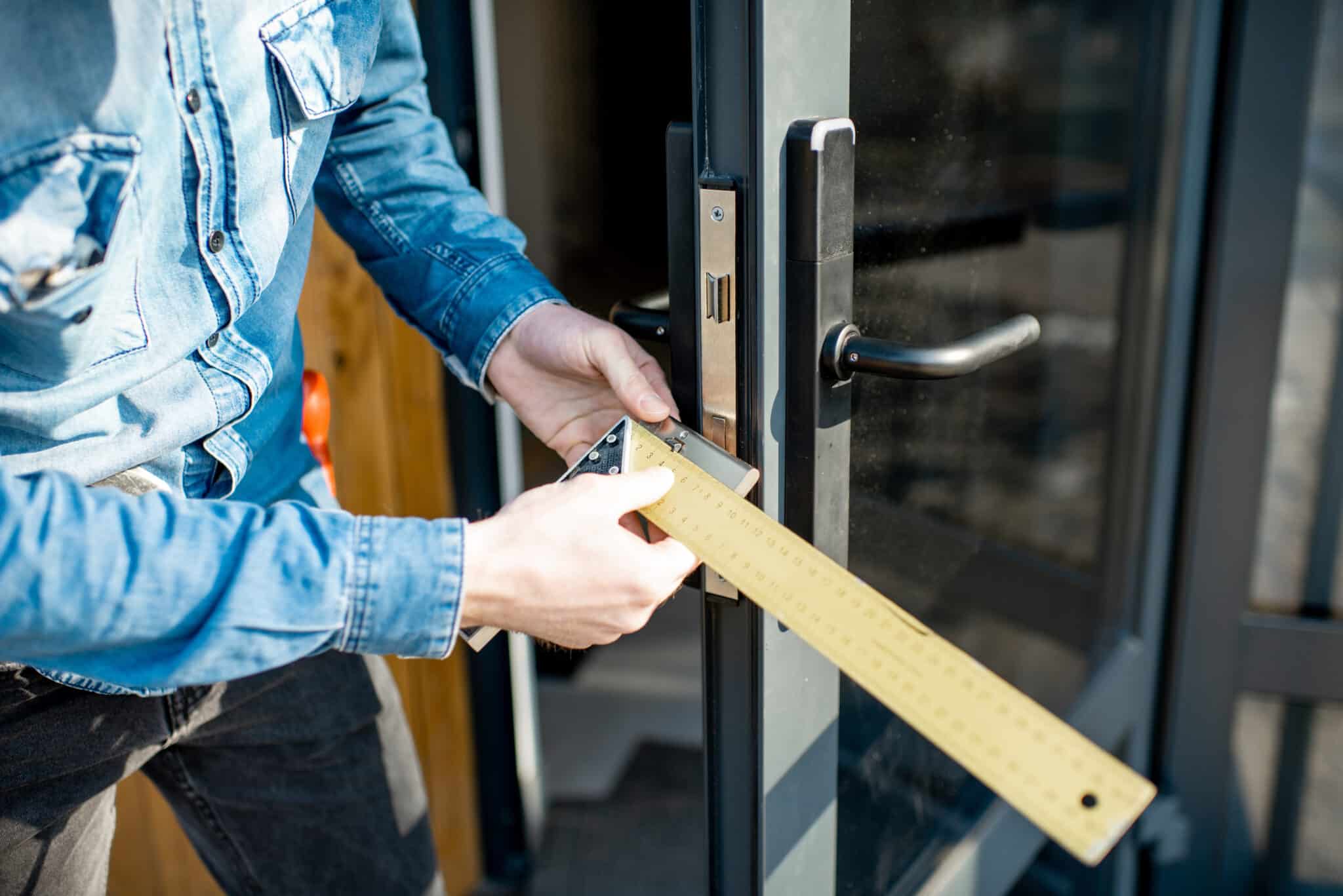
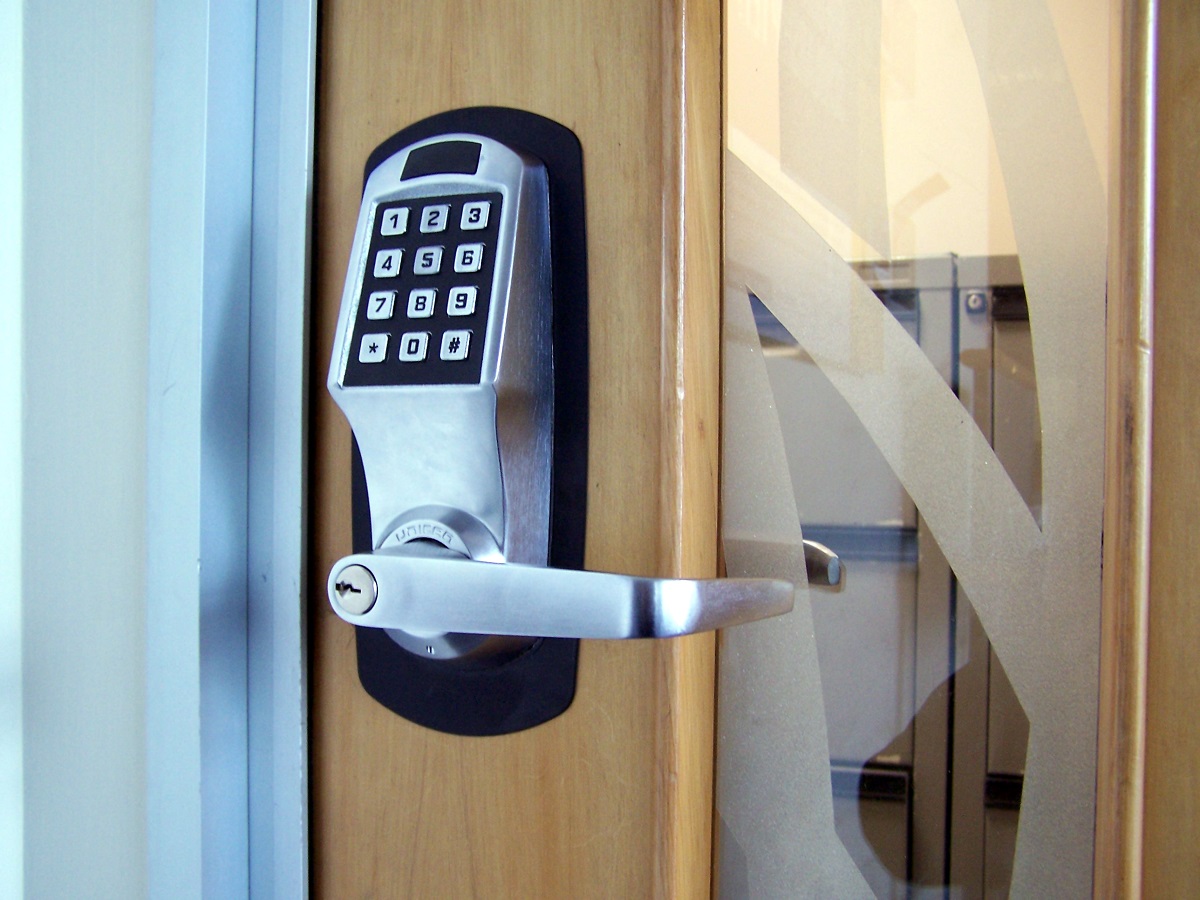
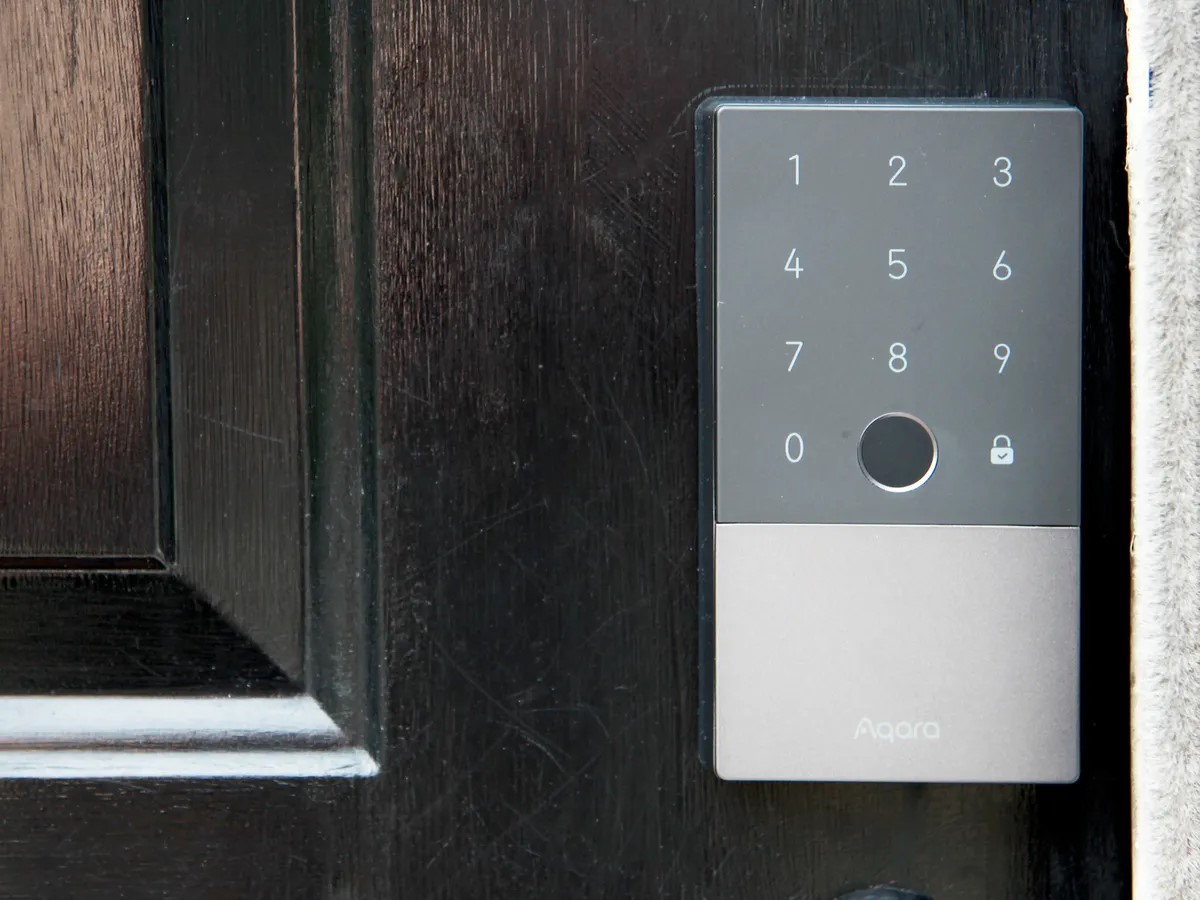
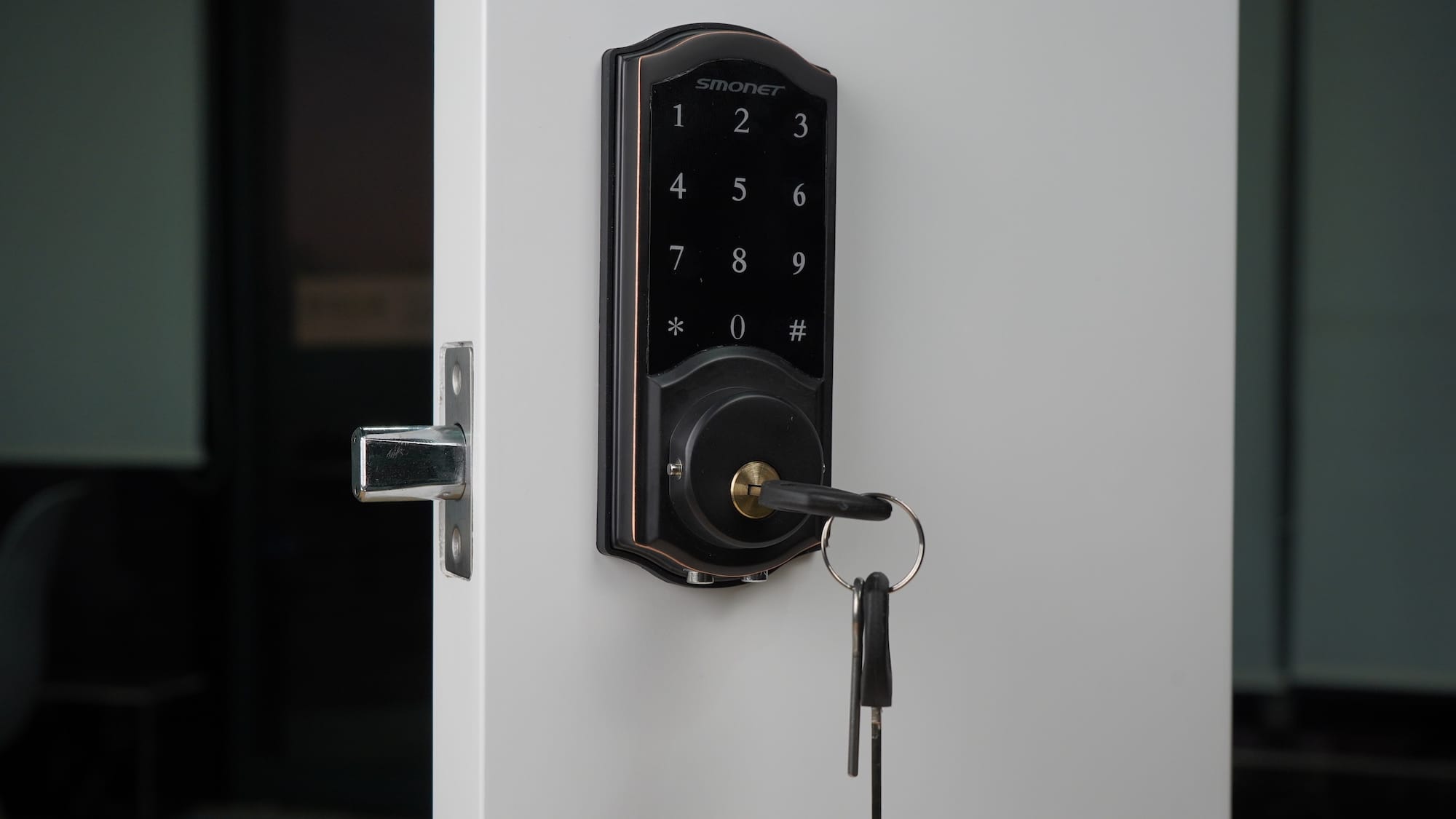
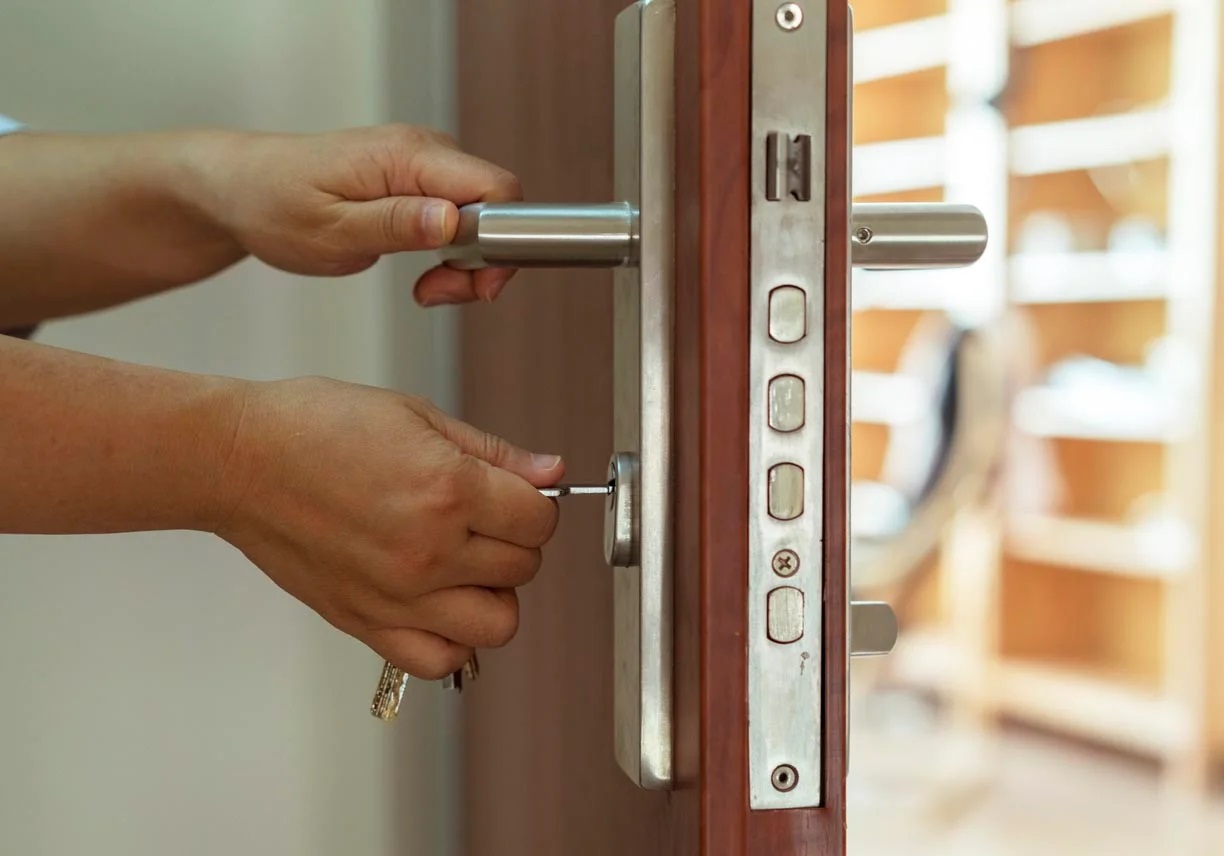
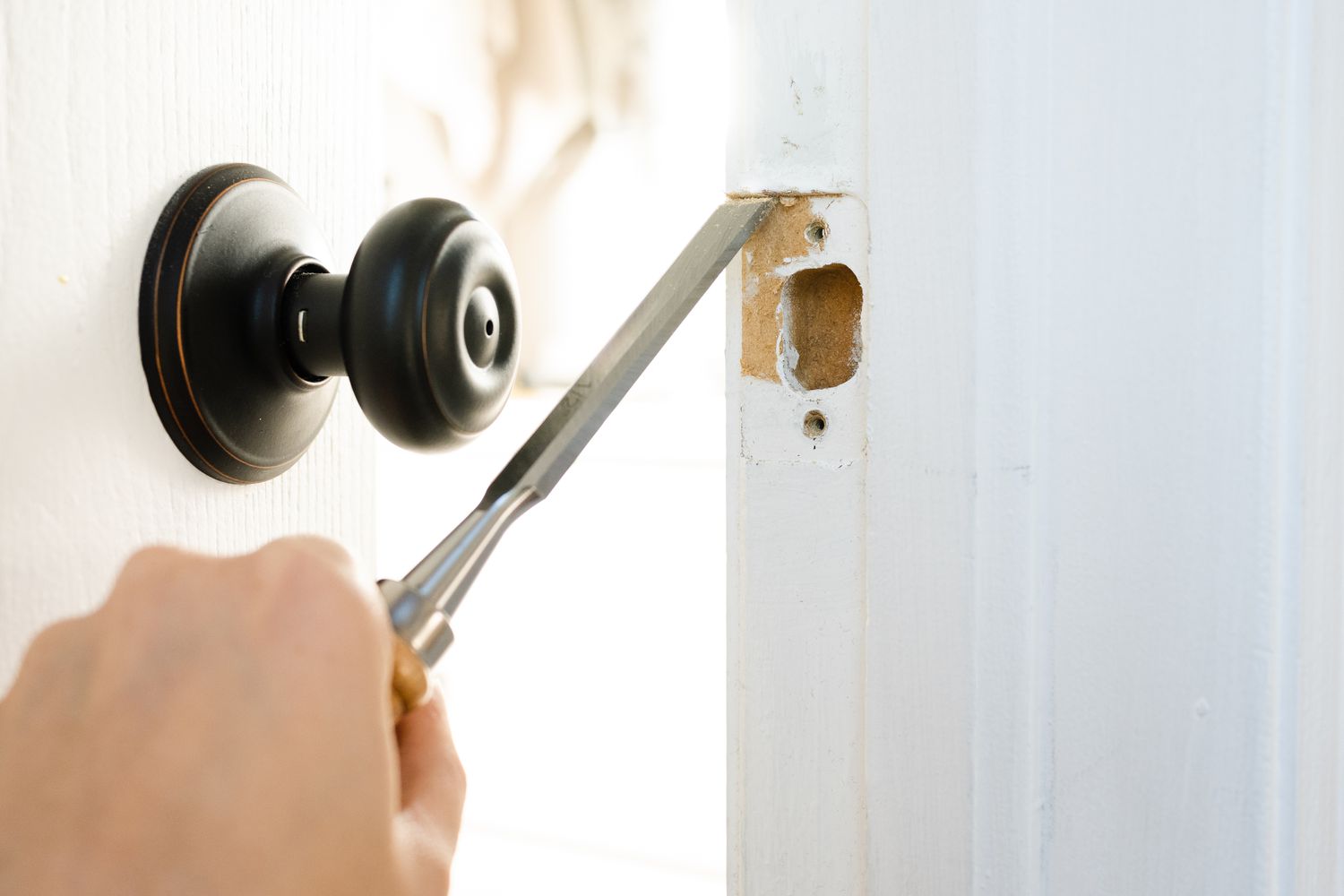

0 thoughts on “How To Lock Wardrobe Doors”